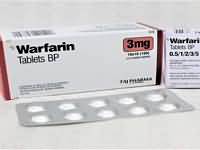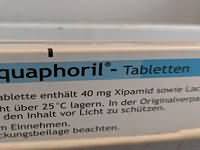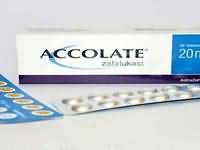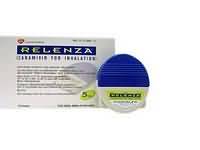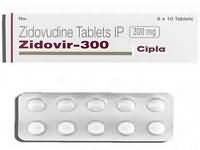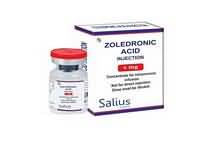Ambisomex
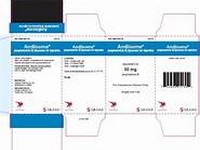
Ambisome
CLINICAL USE
Antifungal agent: Systemic fungal infections (yeasts and yeast-like fungi including Candida albicans) Treatment of visceral leishmaniasisDOSE IN NORMAL RENAL FUNCTION
1–3 mg/kg/day, maximum 5 mg/kg (unlicensed dose) Visceral leishmaniasis: total dose of 21–30 mg/kg given over 10–21 daysPHARMACOKINETICS
DOSE IN RENAL IMPAIRMENT
GFR (mL/MIN)
DOSE IN PATIENTS UNDERGOING RENAL REPLACEMENT THERAPIES
IMPORTANT DRUG INTERACTIONS
Potentially hazardous interactions with other drugs Ciclosporin: increased nephrotoxicity Tacrolimus: increased nephrotoxicity Increased risk of nephrotoxicity with aminoglycosides and other nephrotoxic agents and cytotoxics Cardiac glycosides: increased toxicity if hypokalaemia occurs Corticosteroids: increased risk of hypokalaemia (avoid concomitant use unless corticosteroids are required to control reactions) Flucytosine: enhanced toxicity in combination with amphotericinADMINISTRATION
Reconstition
See SPC. Prepare intermittent infusion in glucose 5% (incompatible with sodium chloride 0.9%, electrolytes or other drugs). Reconstitute vial contents with water for injection Dilute to a concentration of 0.2–2 mg/mLRoute
IV infusion
Rate of Administration
30–60 minutesComments
Paracetamol and parenteral pethidine may alleviate rigors associated with amphotericin administration. Antihistamines can also be administered to control reactions Flush existing IV line with glucose 5% before and after infusion administration For patients on CAV/VVHD, amphotericin should be given into the venous return of the dialysis circuit Should be given post dialysisOTHER INFORMATION
*** AMPHOTERICIN IS HIGHLY NEPHROTOXIC *** Can cause distal tubular acidosis May cause polyurea, hypovolaemia, hypokalaemia and acidosis. Amphotericin and flucytosine act synergistically when co-administered enabling lower doses to be used effectively A test dose of amphotericin is recommended at the beginning of a new course (1 mg over 10 minutes then stop and observe for next 30 minutes) Monitor renal function, full blood count, potassium, magnesium and calcium levels Liposomal amphotericin is considerably less nephrotoxic compared with amphotericin, but is considerably more expensive
See how to identify renal failure stages according to GFR calculation
See how to diagnose irreversible renal disease
Home
